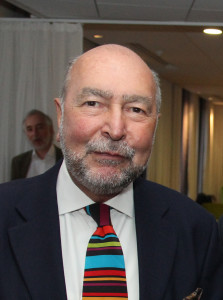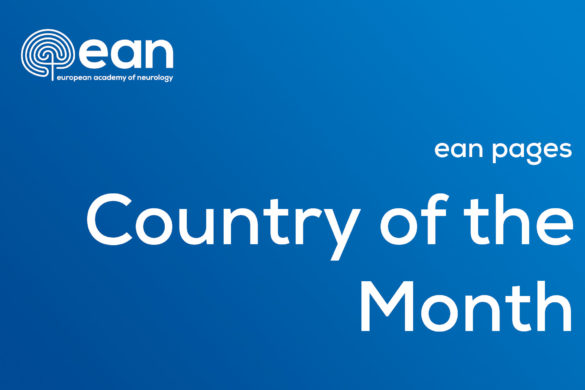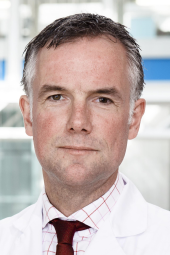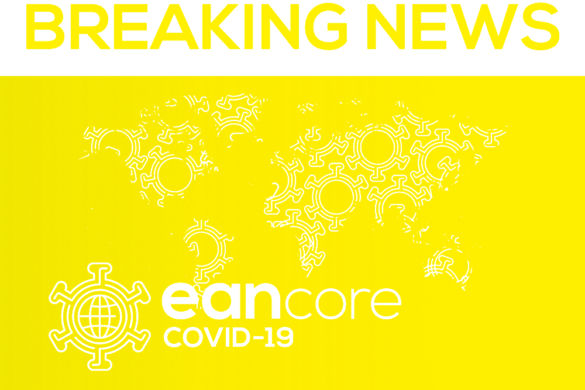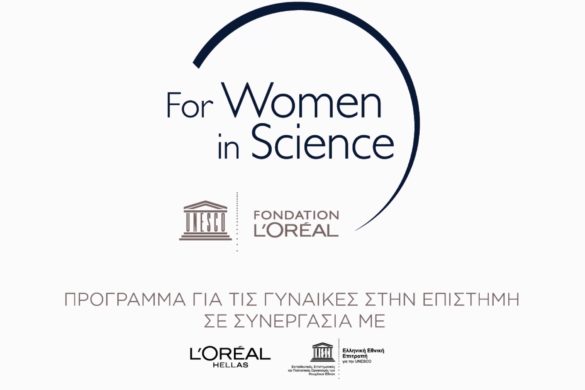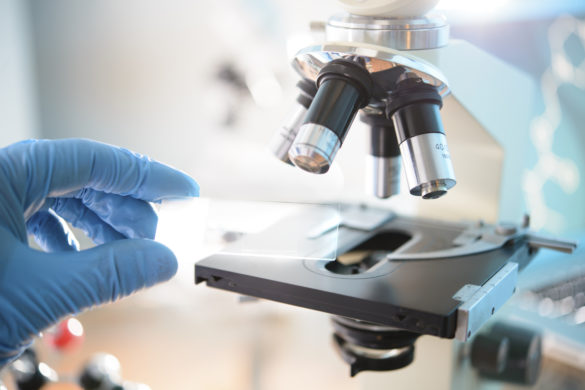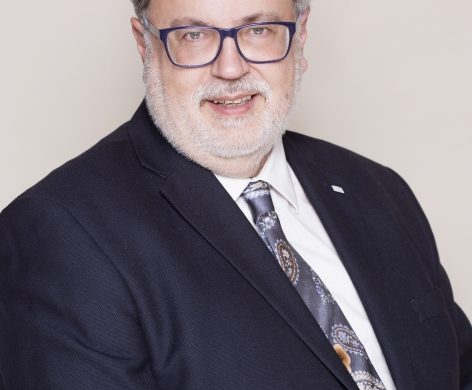Antonio Federico is Professor of Neurology in Siena, Italy and was chair of the EAN Scientific Committee from 2014-2018. Since June 2018 he is member of the EAN Guideline Production Group.
EANpages: How do you see the role of the Scientific Committee within the overall work of the EAN?
Antonio Federico (AF): The Scientific Committee (SC) is one of the most important EAN committees since its role is to coordinate the activities of the 31 Scientific Panels (SP) and has thus a close relationship with the EAN members. Its role is the promotion of scientific activities and of collaborations within the different European countries. The work of the members is of crucial importance in the harmonization and decrease of the differences between the European countries. The promotion of guidelines and the following up of their progress is another very important activity of the SC. The SC also plays a crucial role in the scientific debate and in the scientific politics, representing the EAN voice in these areas.
EANpages: What do you consider the main achievement of the Scientific Committee under your leadership?
AF: Over the past 4 years, the SC developed many activities, that I consider equally important, received great support from the EAN board:
– the SP’s activities were re-vitalised, establishing roles, priorities and rules. We organized democratic elections of the Panel Management Groups (2 co-chairs, 3-6 members) who had a direct relationship with the SC and who were responsible of the Panel activity;
– the SPs activities were prioritised;
– the Guideline production was strongly promoted, following the GRADE system. New guideline production rules were defined (Practical recommendations for the process of proposing, planning and writing a neurological management guideline by EAN task forces. Leone MA, Keindl M, Schapira AH, Deuschl G, Federico A. Eur J Neurol. 2015 Dec; 22(12): 1505-10). The Guideline Production Group, coordinated by Maurizio Leone, was very active in the guideline follow up ( around 8 published guidelines, more than 25 guidelines under development);
– a survey on the research activity in Neurology in Europe was held (Cruccu G, Deuschl G, Federico A. Scientific publications of European neurologists: a survey commissioned by the European Academy of Neurology. Eur J Neurol. 2018 Sep;25(9):1128-1133. doi: 10.1111/ene.13666. Epub 2018 May 17);
– a Task Force for Rare Neurologic Diseases was established, with the aim of promoting this interesting area of care and research within the European neurological community. A growing interest was evident within the EAN since the number of accepted proposals of the SPs for sessions in our annual congress increased from 5 ( 3 years ago) to 19 at the 2018 Lisbon congress. The TF interacted with the European Reference Networks (ERN) on Rare Diseases, recently promoted by the EU Commission, establishing a very strict cooperation with the main ERNs related to Neurology ( Rare Neurologic Diseases, Neuromuscular Diseases, Epilepsy, Metabolic diseases);
– Teaching Courses (TC) were organised, two on guideline production (one of them dedicated to guidelines for rare neurologic diseases) and two TCs on Rare Neurologic Diseases, in Cruj, Romania, with a participation of more than 100 young neurologists, mainly from Eastern European countries;
– in cooperation with the pharmaceutical industry Biopontis, several TF activities, as well as research on Rare Diseases could be supported.
EANpages: What is your wish for the future of the committee?
AF:
– To have the possibility to continue the different activities and further improve them;
– to improve the general activity of the SPs with the involvement of all the members;
– to strongly interact with young neurologists and patient representatives;
– to increase the number of guidelines and update the old;
– to promote research also by interaction with the different European structures.
EANpages: Thank you for your time!

